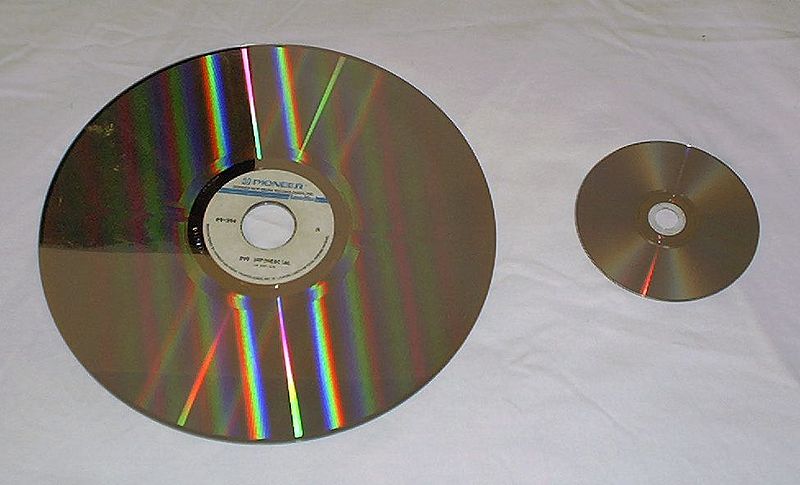Scientists have used nanotechnology to solve a serious problem of the digital age - data degradation.
 Although we think of digital storage as a way to preserve photos and other data in pristine condition, the lifetime of modern storage media is as little as 20-30 years. This is in stark contrast to the enduring properties of the stone tablets on which some of the world's oldest writing remains readable 4000 years after it was first carved and the fact that the Domesday Book, at the age of 920, is still going strong.
Although we think of digital storage as a way to preserve photos and other data in pristine condition, the lifetime of modern storage media is as little as 20-30 years. This is in stark contrast to the enduring properties of the stone tablets on which some of the world's oldest writing remains readable 4000 years after it was first carved and the fact that the Domesday Book, at the age of 920, is still going strong.
The modern equivalent, however, which was commissioned in 1986 by the BBC, had to be migrated to alternative media twenty years later because the original laser discs on which the material was stored had failed.
But what sets ancient media storage systems apart from the more modern counterparts is the data density. Stone tablets contain about 2 "bits" of information per square inch compared with contemporary digital devices which store about 100 Gigabits per square inch - 50 billion times more. At these scales, however, the storage medium is not reliable and the integrity of the data is cannot be preserved in the long term.
But to solve the problem, University of California Berkeley researcher Alex Zettl and his colleagues say they've developed a system that should last at least a billion years, within reason. Their approach is to use short nanotubes - tiny molecular straws of carbon - inside of which they place an iron-based nanoparticle "shuttle" that can move up and down the inside of the nanotube. When a small electric current is passed through the nanotube it causes the iron shuttle to slide from one end of the tube to the other.
This, say the team, can be used like a binary digital storage system with one end of the tube representing a nought (0) and the other end a one (1). The position of the particle can be read-back from the nanotubes by measuring their resistance, which changes according to the position of the iron shuttle.
The small scale of the devices also means that storage densities in excess of 1 Terabit per square inch should be possible, more than 10 times the present achieveable. Better still, simple calculations based on the stability of the system and the likelihood of the iron shuttle randomly moving the 200nm length of the tube to turn a 0 into a 1 or vice versa mean that the data should remain reliably preserved for at least a billion years, or 1017 seconds!










Comments
Add a comment